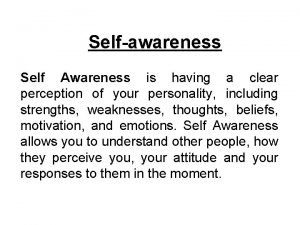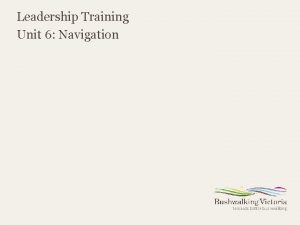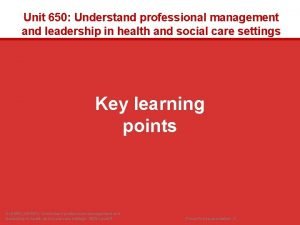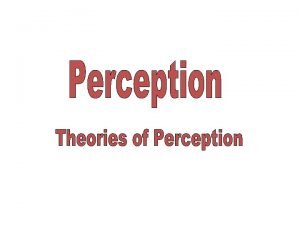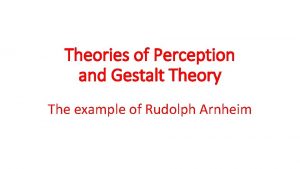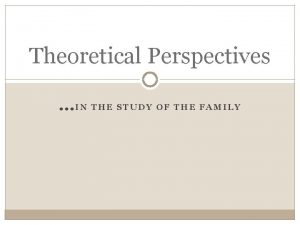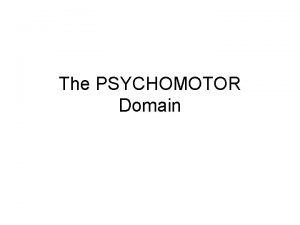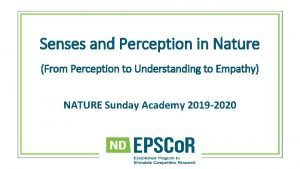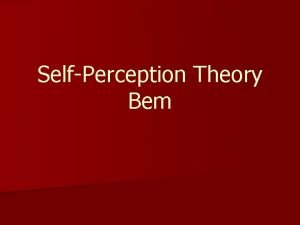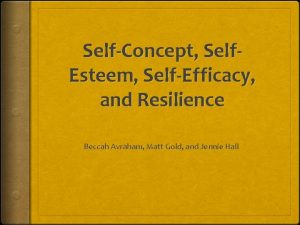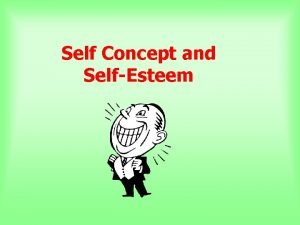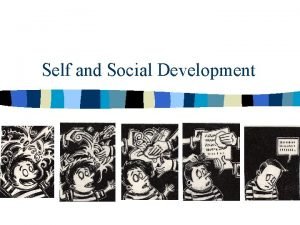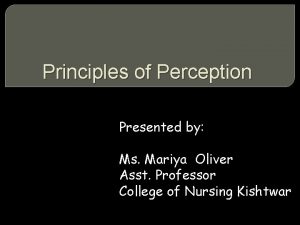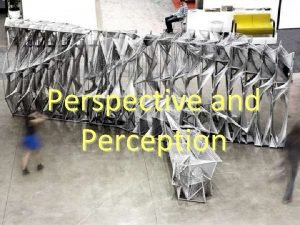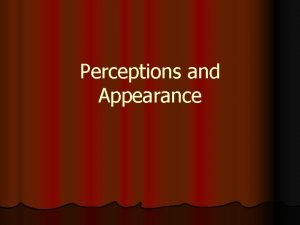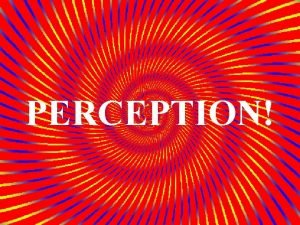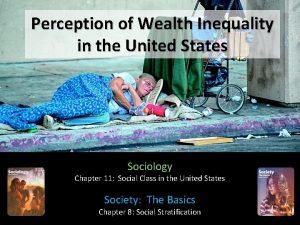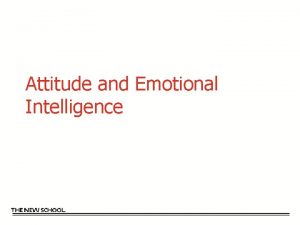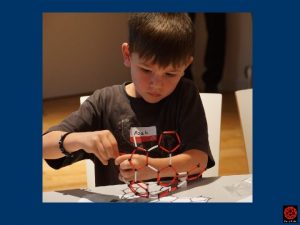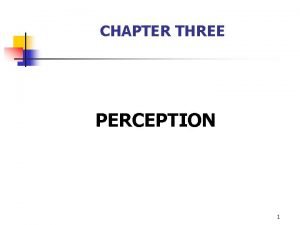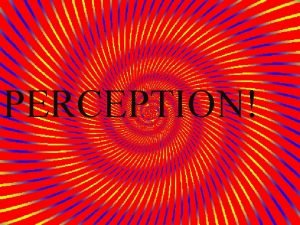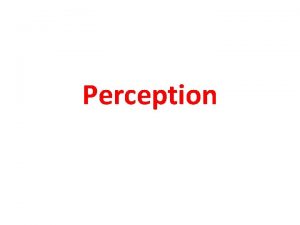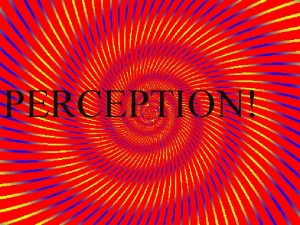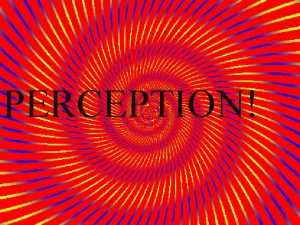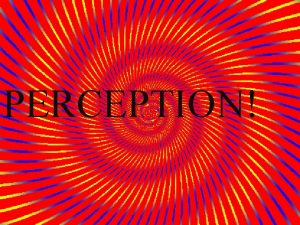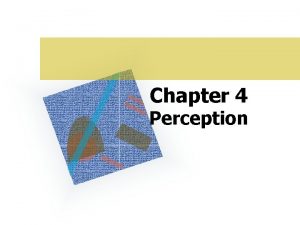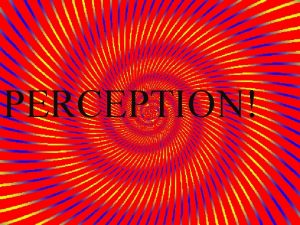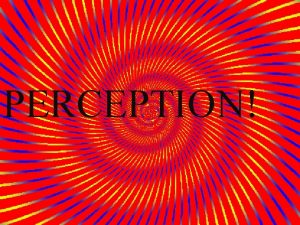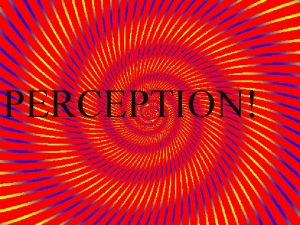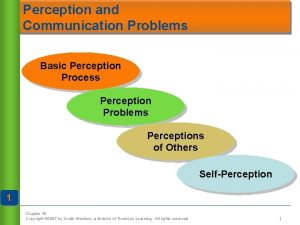Unit 2 Leadership Personality Attitude Perception Personality how





























- Slides: 29

Unit 2 - Leadership Personality, Attitude & Perception

Personality – how does it develop? All the qualities or characteristics which make a person a distinctive individual. ● Factors that influence our personality: ● ● Heredity/Genetics ● Traits that are transmitted from parent to child through genetics ● Culture and/or Religion ● Establishes the way a group of people should interact ● Teaches values

Personality – how does it develop? ● Family ● ● ● Role models of how to interact with people Development of a sense of humour or other traits Environment ● ● Exposure to social relationships/groups Traits of home environment

Attitude & Perception ● Attitude ● ● Posture or position of an individual Perception ● ● ● The process through which people receive, organize and interpret information from their environment The way we form impressions Influenced by values, culture and circumstances

Quotes & Stories – Attitude & Perception

● Perception: Is the circle moving?

● Perception: Are the lines of the square really bent?

● Perception: Is the dot on the back of the cube of the front?

● Perception: What do you see here?

● Perception: The impossible fork?

● Perception: Do the grey dots exist?

Can you find the hidden figures of Romeo and Juliet in this drawing of a forest sprite?

● This design will generate apparent motion even though it isn’t moving at all!

Personality & pronouns used: Personality as indicated by pronouns

PERSONALITY

Power and Influence ● Power ● ● ● The ability to get someone else to do something you want done To make things happen the way you want Essential to executive success Desire to influence and control others for the good of the organization NOT desire to control for personal satisfaction Positive face of power is the foundation for effective leadership.

Turning Power into Influence ● To succeed you must acquire all types of power and appropriately use them to achieve goals and pursue a shared vision. ● Different outcomes are associated with the use of various power bases ● Reliance on rewards, legitimacy and coercion results in temporary compliance ● Reliance on expert and referent power is the most enduring influence and creates commitment.

Turning Power into Influence ● A position of power alone is often insufficient Personal power is often the difference between leadership success and mediocrity ● Ability to influence, keep four points in mind. ● There is no substitute for expertise 2. Likeable personal qualities are very important 3. Effort and hard work breed respect 4. Personal behaviour must support expressed values. 1.

Turning Power into Influence ● Centrality is important: ●need a broad network of contacts, avoid becoming isolated, need information flow. ● Criticality is important: ● ● must take care of dependents by doing things that add value to work settings. Visibility is important: ● helps to become known as influential in the organization, take part in presentations, task forces and pursue special assignments displaying leadership talents and capabilities

Limits to power ● A leader’s directives will be followed and true influence achieved IF: ● ● Others truly understand the directive Others must feel capable to carry out directive Others must believe directive is in organization’s best interest Consistent with personal values

Power of POSITION Based on things managers can offer to others ● Sources of power theoretically held by all managers. ●

Power of Position: Reward Power Is the ability to influence through rewards ● Capability to offer something of value as a means of influencing behaviour ● Rewards can include: pay raises, bonuses, promotions, special assignments, and compliments ● “If you do what I ask, I’ll give you a reward. ” ●

Power of Position: Coercive Power Ability to influence through punishment ● Capacity to punish or withhold positive outcomes as a means of influencing behaviour ● Can include: verbal reprimands, pay penalties or termination ● “If you don’t do what I want, I’ll punish you. ” ●

Power of Position: Legitimate Power Ability to influence through authority ● Capacity to exercise control over subordinates by virtue of one’s position or status ● “I am the boss and therefore you are supposed to do as I ask. ” ●

Power of the PERSON Based on the ways managers are viewed by others ● Comes from unique personal qualities ● Invaluable to truly successful managers ●

Power of the Person: Expert Power ● influence through special expertise ● Developed by acquiring relevant skills or competencies ● Maintained by protecting credibility and not overstepping boundaries ● “You should do what I want because of my special expertise or information. ”

Power of the Person: Referent Power ● Ability to influence through identification ● People admire you and want to identify positively with you ● Derived from charisma or interpersonal attractiveness ● Developed and maintained through good interpersonal relations that encourage the admiration and respect of others ● “You should do what I want in order to maintain a positive self -defined relationship with me. ”

Power of the Person: Relational Power ● Ability to influence through the way they work in groups and foster a team atmosphere

WORK – New Textbook ● TEXT: P. 300 MC #2, 3 P. 301 #17, 18 p. 320 #1 -3 1) Explain the following: "power is not control for the sake of personal satisfaction" 2) When is a leader justified in using coercive power? 3) Handout - Case "what millennials want" - Q #1 -3
 Self awareness is having a clear perception of
Self awareness is having a clear perception of A character whose personality and attitude contrast sharply
A character whose personality and attitude contrast sharply Difference between attitude and personality
Difference between attitude and personality A character whose personality and attitude contrast sharply
A character whose personality and attitude contrast sharply Transactional leadership vs transformational leadership
Transactional leadership vs transformational leadership What is adaptive leadership theory
What is adaptive leadership theory Situational leadership vs adaptive leadership
Situational leadership vs adaptive leadership Unit 6 review questions
Unit 6 review questions Unit 6 leadership development in agriscience
Unit 6 leadership development in agriscience Leadership and teamwork in the public services
Leadership and teamwork in the public services Understand professional management and leadership
Understand professional management and leadership Gregorys constructivist theory
Gregorys constructivist theory Film als kunst
Film als kunst Perception vs perspective
Perception vs perspective Perception in psychomotor domain
Perception in psychomotor domain Objective perception
Objective perception Nature of perception
Nature of perception Bem’s self-perception theory
Bem’s self-perception theory Self image vs self perception
Self image vs self perception Different self concept
Different self concept Self-concept
Self-concept Chapter 5 sensation and perception
Chapter 5 sensation and perception Principle of adaptability in perception
Principle of adaptability in perception Different perspective
Different perspective Interpersonal perception
Interpersonal perception What does the word perception mean
What does the word perception mean What does the l mean
What does the l mean Selective perception
Selective perception Questions on perception
Questions on perception Perception of wealth
Perception of wealth
